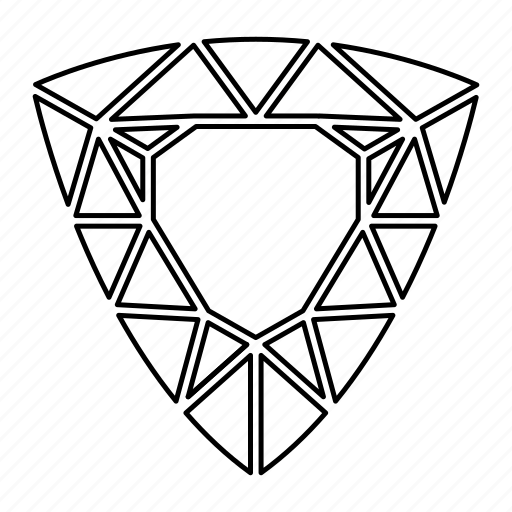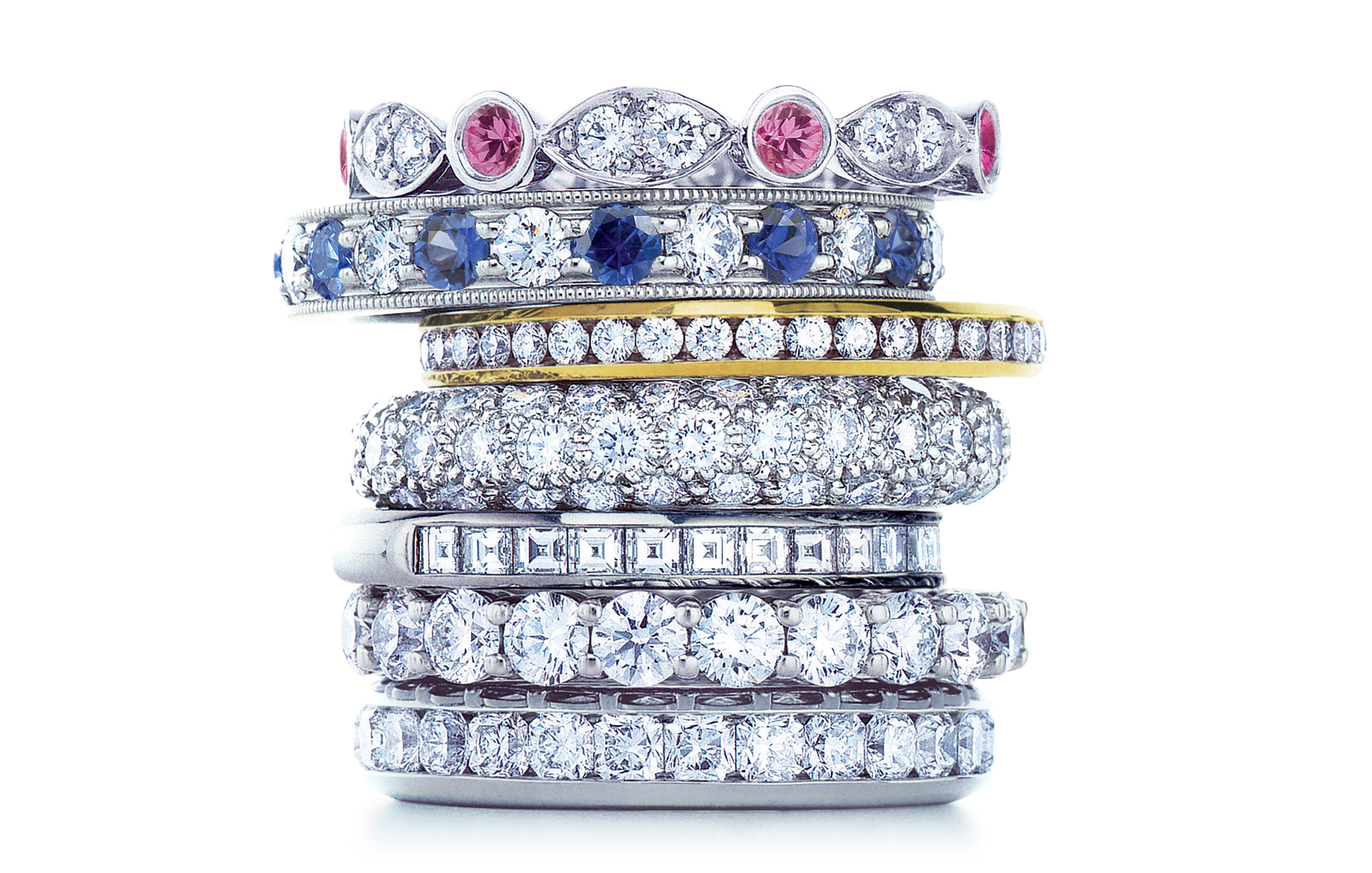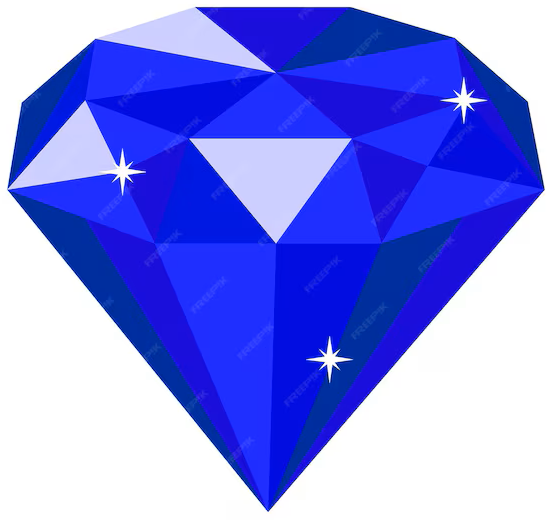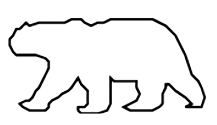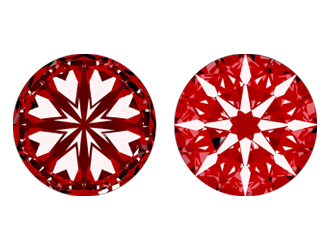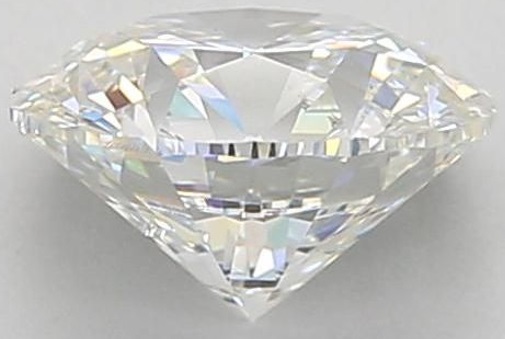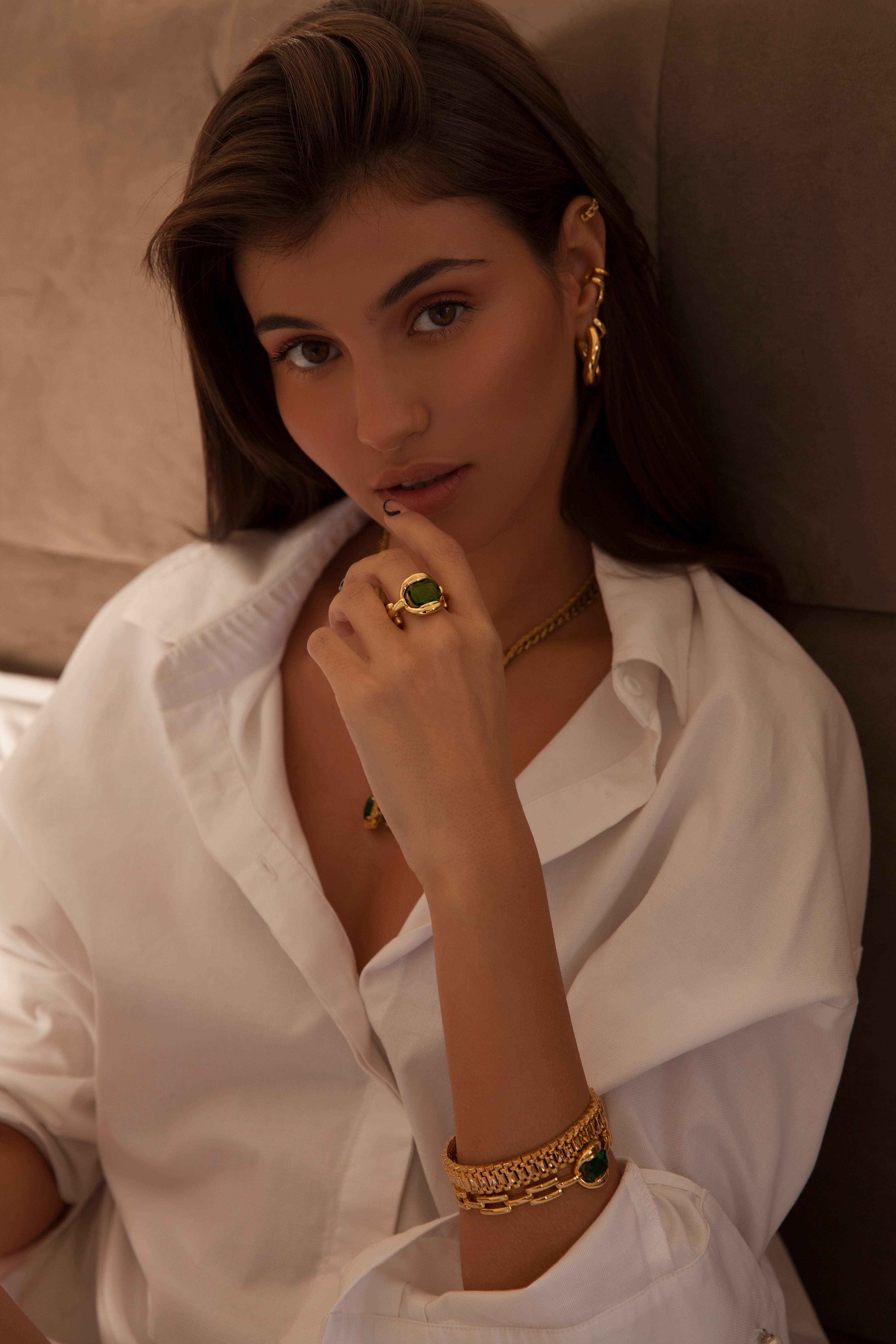
Lifetime Warranty

Hassle Free Returns

Free Resizing

Conflict Free Diamonds
Top Questions and Answers About Diamonds
Diamond carat weight is a measure of a diamond's size and weight, frequently used to describe its ordinary bodily mass. One carat is equivalent to 2 hundred milligrams or zero.2 grams. it's miles one of the most vital factors in figuring out a diamond's price, alongside readability, color, and reduce. The time period "carat" is derived from the carob seeds that were historically used as counterweights on balance scales because of their uniform length and weight.
Carat weight immediately impacts the bodily length of a diamond, but it doesn't always equate to a larger appearance. The manner a diamond is reduce also plays a significant role in how big it seems. for example, a diamond with a deep cut can also appear smaller than a shallower reduce diamond of the identical carat weight. in addition, certain shapes, like spherical and oval, generally tend to seem large than princess or cushion cuts of the same carat weight.
A better carat weight does now not automatically imply a better diamond. at the same time as carat weight is a essential issue in figuring out a diamond's cost, it is most effective one of the 4 Cs used to evaluate diamonds—the others being cut, colour, and readability. A excessive-carat diamond with poor coloration or readability can be much less proper than a smaller diamond with first-rate grades in those areas.
Carat weight is measured the usage of precise digital scales designed specially for weighing gemstones. these scales make certain accuracy to the fifth decimal location, providing an specific measurement of the diamond's weight. professional gemological laboratories, together with the Gemological Institute of america (GIA) or the yank Gem Society (AGS), certify diamonds and offer reviews that encompass the carat weight together with different critical traits.
Yes, diamonds of the identical carat weight can seem exceptional in size due to versions of their reduce and form. for instance, a spherical exquisite cut might also have more of its weight dispensed in its depth, making it appear smaller from the top view compared to a shallower cut. in addition, elongated shapes like marquise or oval can create the phantasm of a bigger size than their real carat weight suggests.
















